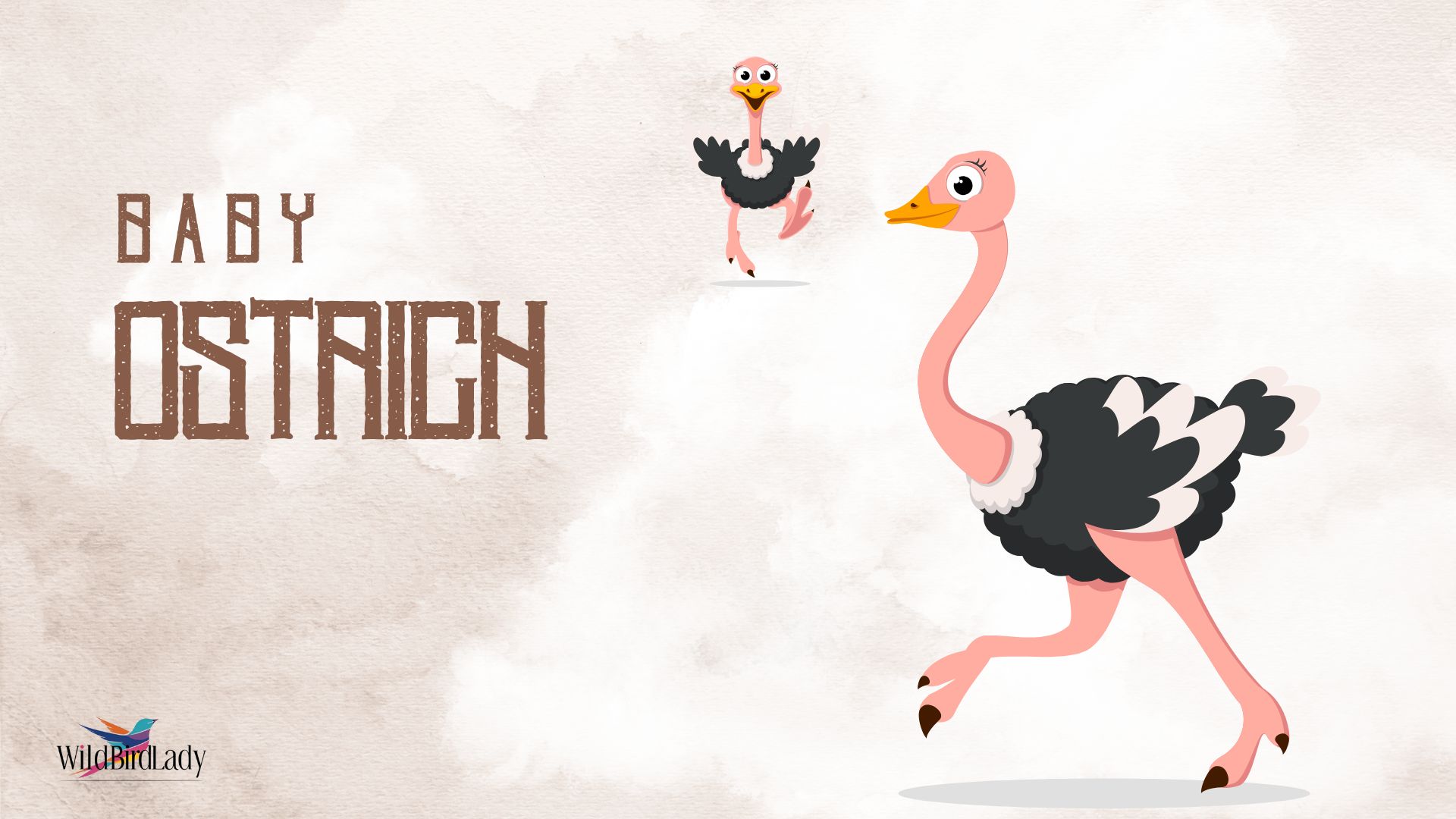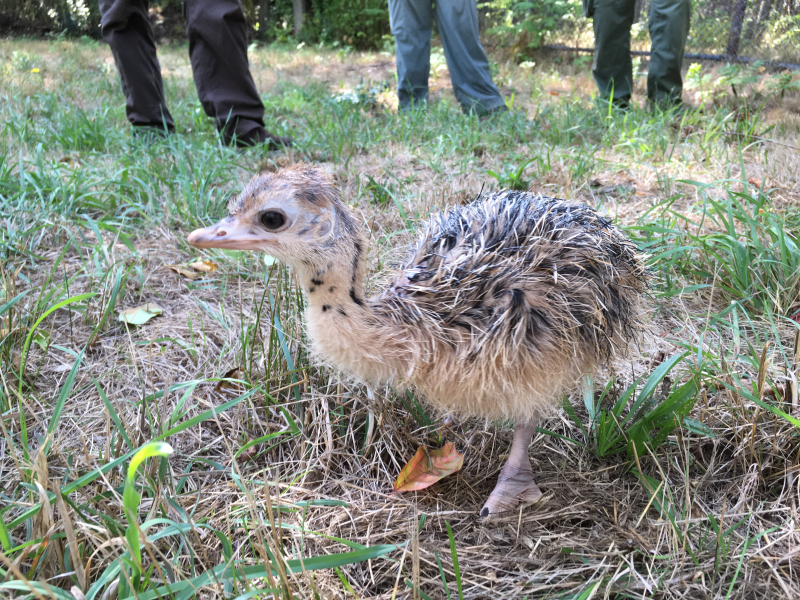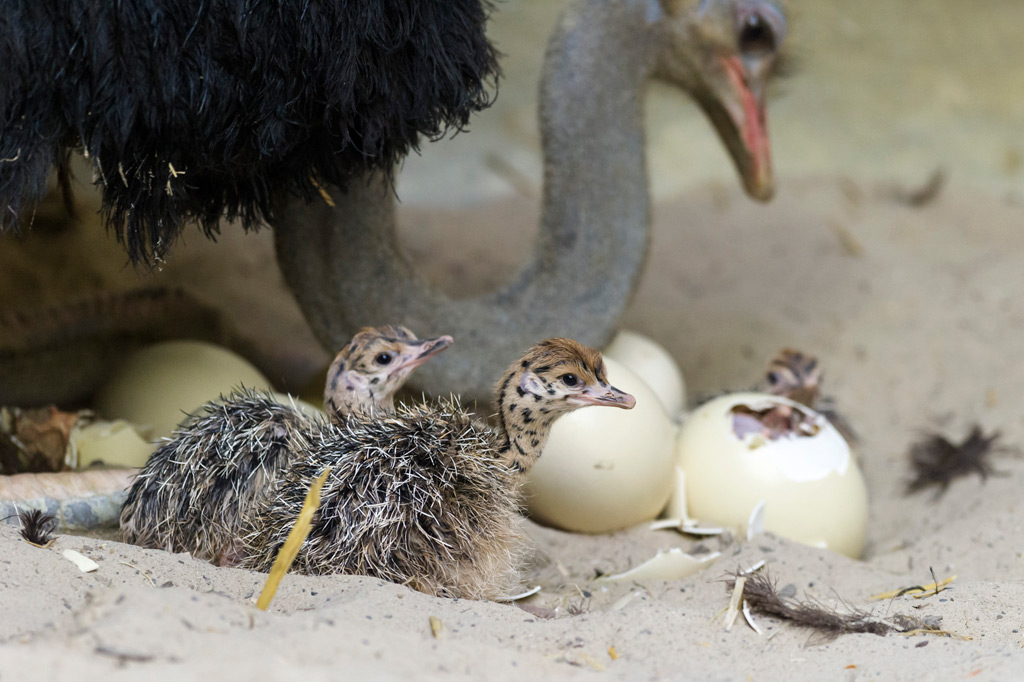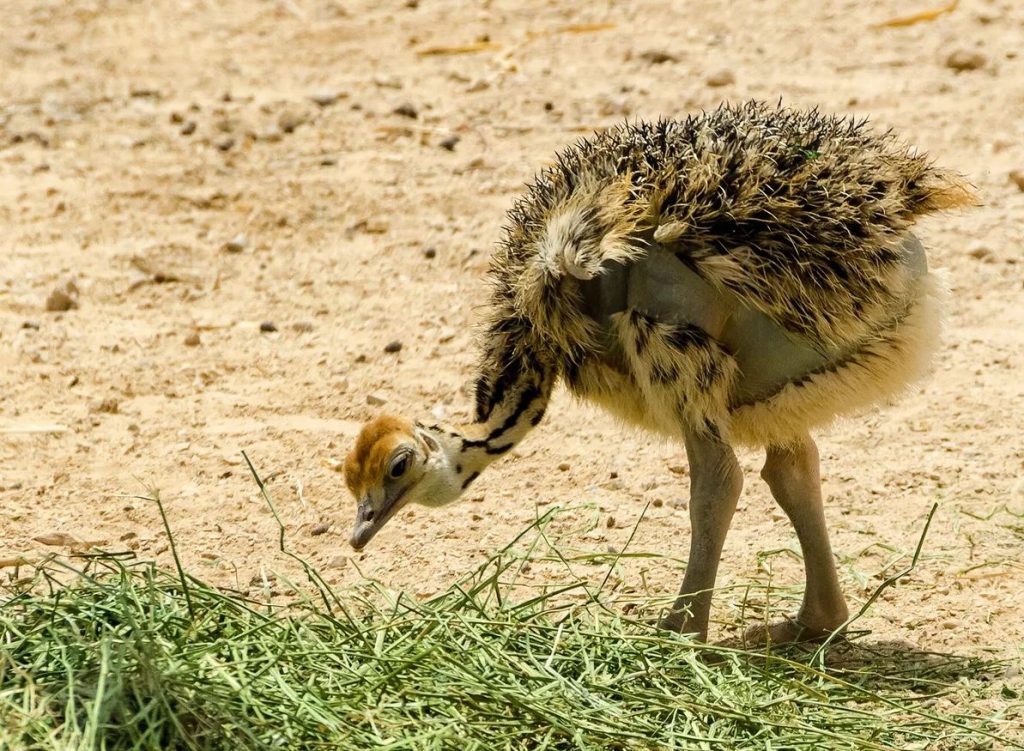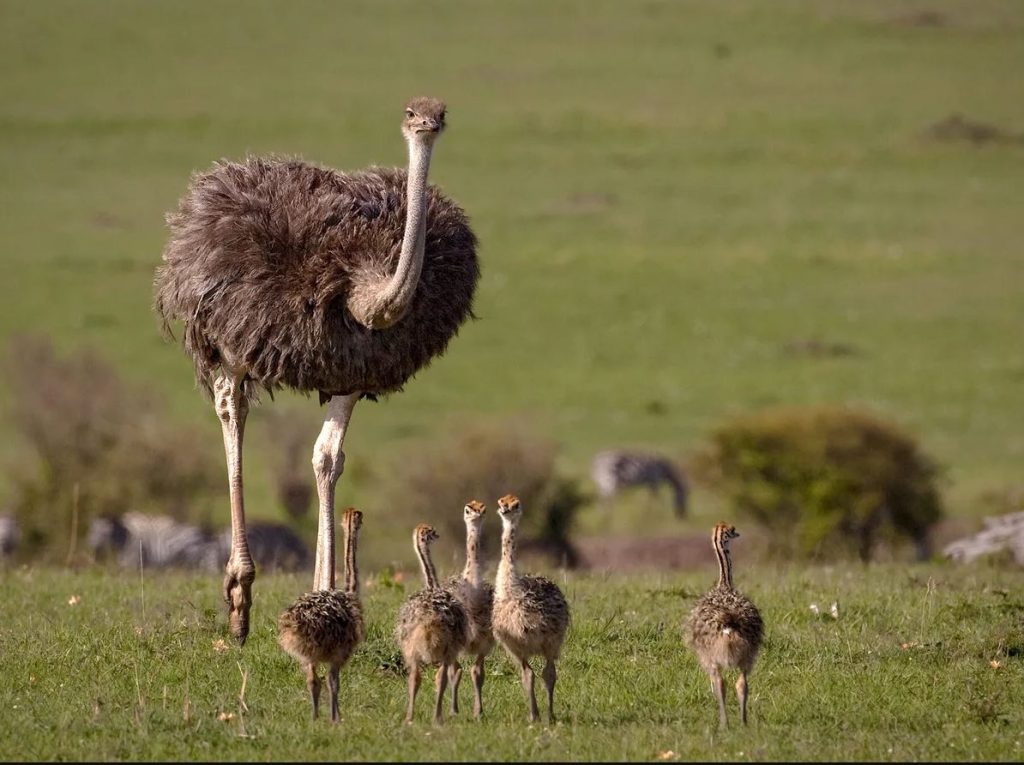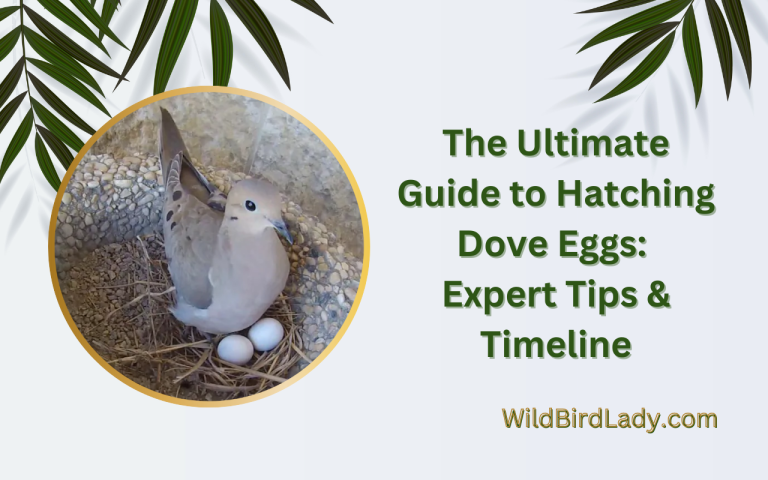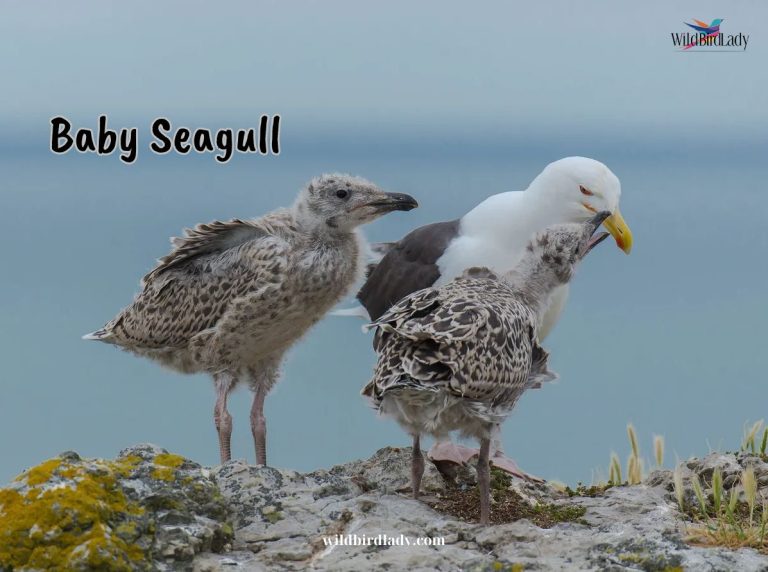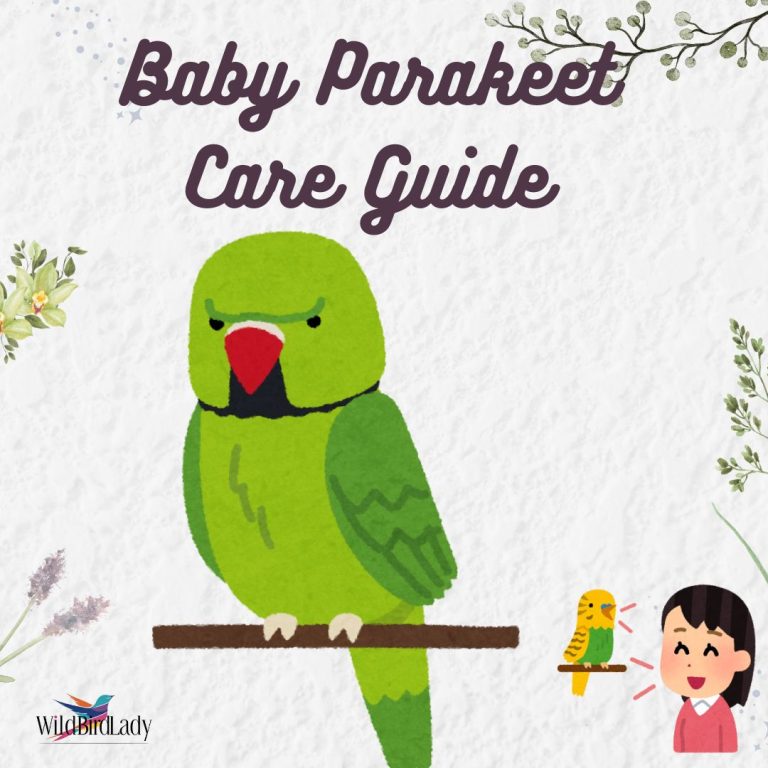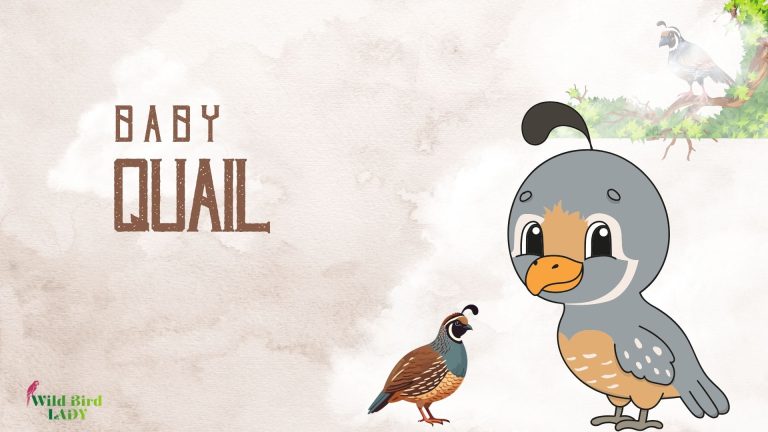Baby Ostrich: What They Look Like, How They Grow, and the Challenges They Face
I’ve had the privilege of observing many fascinating birds in the wild, but there’s something truly captivating about the journey of a baby ostrich. From the moment they hatch until they become towering adults, these chicks are a masterclass in survival, speed, and social dynamics.
In this article, I’ll walk you through the complete life story of baby ostriches — from their physical features and family structure to their diet and the threats they face. I’ll also share what I’ve witnessed in the field and back it up with scientific research and trusted sources.
What Is a Baby Ostrich Called?
A baby ostrich is called a chick, just like many other bird species. When part of a group, you might hear them referred to as a brood or even a clutch if you’re talking about unhatched eggs.
Unlike other birds, ostrich chicks are born into a highly competitive and dangerous world — but they’re surprisingly well-prepared.
How Big Is a Baby Ostrich at Birth?
Despite being newly hatched, baby ostriches are already giants in the bird world. They typically weigh around 2 to 3 pounds (0.9–1.4 kg) and stand approximately 10 inches (25 cm) tall — larger than many full-grown birds.
This makes them the biggest hatchlings among all birds, a fitting trait for the largest bird species on Earth.
What Do Baby Ostriches Look Like?
At first glance, baby ostriches don’t look like miniature adults. Their feathers are striped in brown, beige, and black, providing perfect camouflage in the tall grasses of their native savannas.
Their heads and necks are covered in fine down rather than the bare skin seen in adults. They also have a “spiky” appearance due to their coarse, bristle-like down feathers that help regulate temperature.
Nesting and Hatching Behavior
Ostriches don’t build nests in trees or shrubs. Instead, they create a shallow depression in the ground, often in dry, open areas.
Females can lay up to 12–18 eggs, but in a communal nest (used by multiple females), the count can go up to 60 eggs — the largest clutch in the bird world.
The dominant female and the alpha male take turns incubating the eggs. The male typically guards the nest at night, while the female incubates during the day, relying on her camouflaged feathers to blend with the environment.
After about 42 days of incubation, the chicks hatch almost simultaneously, ready to follow their parents within days.
How Baby Ostriches Grow So Quickly
One of the most astonishing aspects of ostrich development is their rapid growth rate. Baby ostriches can grow up to 1 foot per month and gain over 2 pounds per week in optimal conditions.
They usually reach about 5 feet in height by 6 months of age, and they can run up to 35 mph (56 km/h) by the time they are just a few months old — a key survival skill.
According to the Smithsonian’s National Zoo, ostriches grow faster than nearly any other bird due to their efficient metabolism and protein-rich diet during early life stages.
What Do Baby Ostriches Eat?
In the wild, baby ostriches are omnivorous. Their diet typically includes:
- Grass and leaves
- Seeds and roots
- Insects like locusts, beetles, and ants
- Occasionally, small reptiles or lizards
They swallow small stones (called gastroliths) to help grind and digest their food, as they don’t have teeth.
In captivity, baby ostriches are often fed a specially formulated high-protein pellet feed to support their rapid development.
Family Life and Parental Care
Ostriches are unique among large birds in the level of care both parents provide. The male guards the group and is highly protective, often putting himself in danger to distract predators.
Chicks stay with the family group, known as a herd or flock, for months. These flocks can include multiple families and provide safety in numbers.
Interestingly, ostriches use a kind of collective childcare. A dominant pair may adopt chicks from other broods, especially if those chicks are smaller, boosting the survival odds of their own offspring.
How Baby Ostriches Survive in the Wild
Baby ostriches rely on several key adaptations to survive:
- Camouflage: Their striped plumage helps them blend into grassy savannas.
- Speed: Even at a few weeks old, they can outrun many threats.
- Group living: There’s safety in numbers. Predators are less likely to strike when dozens of eyes are watching.
- Parental defense: Adults will hiss, kick, and charge at threats — including lions and hyenas.
Despite these defenses, mortality is still high in the wild. Experts estimate that up to 90% of chicks may not survive to adulthood due to predation and harsh environmental conditions.
Predators and Threats
In the wild, baby ostriches face a long list of threats:
- Jackals
- Hyenas
- Lions
- Eagles and vultures (targeting weak or straying chicks)
- Humans (through habitat destruction and illegal hunting)
Their best defense is their ability to run at high speeds and stay close to adult protection. Still, survival past the first year remains a monumental challenge.
Conservation Status and Human Impact
According to the International Union for Conservation of Nature (IUCN), the common ostrich (Struthio camelus) is currently listed as Least Concern, but some regional subspecies — like the Somali ostrich — are under more pressure due to habitat loss and poaching.
Human activities such as agricultural expansion, fencing, and egg collection have significantly impacted ostrich populations in parts of Africa.
Efforts are ongoing to conserve their habitats through wildlife reserves, controlled farming, and community-based eco-tourism.
Can You Raise a Baby Ostrich?
Raising baby ostriches is not for the faint of heart. They require:
- A high-protein diet early on
- Large, secure enclosures
- Protection from predators and extreme weather
- Social interaction (they thrive better in groups)
In some parts of the world, ostriches are farmed for their meat, feathers, and leather. However, it’s important to ensure ethical treatment and proper veterinary care when breeding or raising ostriches.
Final Thoughts
Watching a baby ostrich grow is like witnessing evolution in fast-forward. From fluffy camouflaged chicks to towering, flightless giants, their journey is filled with remarkable adaptations and challenges.
Whether you spot them in the wild plains of Africa or on a responsible ostrich farm, take a moment to appreciate their uniqueness. They’re not just large birds — they’re survivors, speedsters, and social marvels.
If you ever get the chance to observe ostrich chicks in the wild, do it respectfully. Keep your distance, never interfere, and let nature show you how truly spectacular life can be — even before a bird ever takes flight.
FAQs
❓What is a baby ostrich called?
A baby ostrich is called a chick. Like other bird species, ostrich chicks hatch from eggs and are precocial, meaning they can walk and follow their parents shortly after birth.
❓How big is a baby ostrich when it hatches?
At hatching, a baby ostrich typically weighs around 2 to 3 pounds (0.9–1.4 kg) and stands about 10 inches tall. They are the largest bird hatchlings in the world.
❓What do baby ostriches eat?
Baby ostriches are omnivores. They eat a mix of grass, leaves, seeds, insects, and sometimes small lizards. They also swallow small stones to help grind food in their gizzard.
❓How fast do baby ostriches grow?
Baby ostriches can grow up to 1 foot per month. By six months, they can reach 5 feet in height and may weigh over 100 pounds depending on diet and environment.
❓Do both parents care for baby ostriches?
Yes. Ostriches show shared parental care. The male guards the nest at night, while the female incubates during the day. After hatching, both parents protect and guide the chicks.
❓Can baby ostriches run?
Yes. Even at just a few weeks old, baby ostriches can run at speeds of 20–30 mph, helping them evade predators. By a few months, they can reach 35 mph.
❓What are the main predators of baby ostriches?
Common predators include jackals, hyenas, lions, and birds of prey like eagles and vultures. Despite adult protection, predation is a major threat to young chicks.
❓Is it legal to raise a baby ostrich?
Regulations vary by country, but in many regions, it is legal to raise ostriches on farms with proper permits. However, it requires knowledge, space, and strict care standards.
❓How long do baby ostriches stay with their parents?
In the wild, baby ostriches may stay with their family group for up to 9 months. During this time, they learn foraging, survival, and social behaviors from adult ostriches.
❓Are baby ostriches endangered?
The common ostrich is currently listed as Least Concern by the IUCN. However, some subspecies like the Somali ostrich face threats from habitat loss and hunting.

